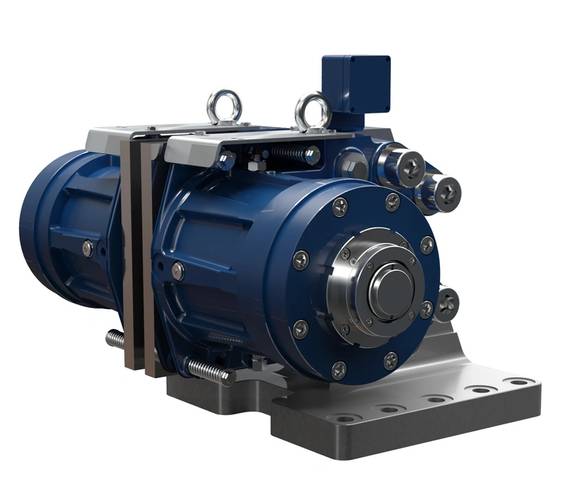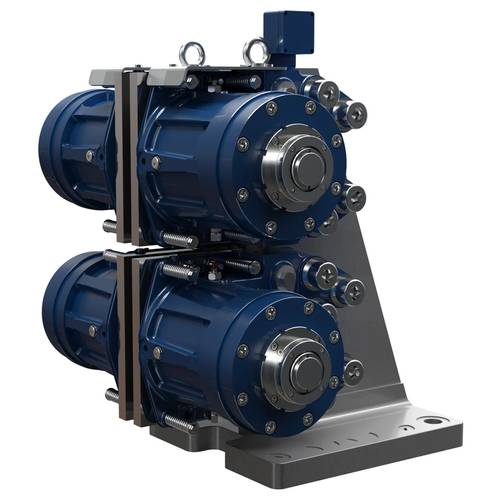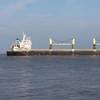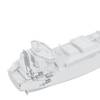Braking systems manufacturer Dellner Brakes has rolled out two new spring applied failsafe brakes to its SKP range for cranes, winches, deck machinery, oil rig draw works and other equipment, both on and offshore.
Precision engineered in Sweden, Dellner’s new SKP 180 weighs in at 315 kg and delivers braking force from 141 kN up to 226 kN through two brake housings, each containing a powerful spring applied piston. The SKP 4 x 180, weighing 630 kg, combines two brake assemblies containing a total of four pistons to deliver braking force of up to 453 kN.
Dellner has also developed an offshore version of the brake, with corrosion protection and hard wearing paint and pistons that are specially designed to withstand harsh conditions.
The new SKP’s modular design means that Dellner can provide larger systems, combining several brake assemblies or customized housings with several pistons, to deliver even more braking power.
Dellner Brakes CEO, Marcus Aberg, said, “Innovation is at the heart of what we do here at Dellner, and these new SKP brakes are no exception. They have been developed in response to customer demand for a failsafe brake that’s lightweight and compact, but doesn’t compromise on strength or stopping power, and we are confident that this revolutionary design will set new standards in the market.”
The brakes come with a range of optional extras including mounting brackets; double sealing kits; brake pads made from several different friction materials; indicators that show brake pad wear, whether the brake is ON or OFF or needing adjustment; micro and/or proximity switches and electrical control boxes.
The brakes feature cylindrical guide pins that transmit the tangential braking force from the brake lining to the brake housing and mounting stand. As a result, the brake pistons are not subject to any radial forces, which makes the brakes and the cylinder seals last much longer.
As the brake lining wears, an extension of the brake piston through the adjustment nut indicates that adjustment is needed. The disc spring can be adjusted to compensate and maintain full brake capacity.
















